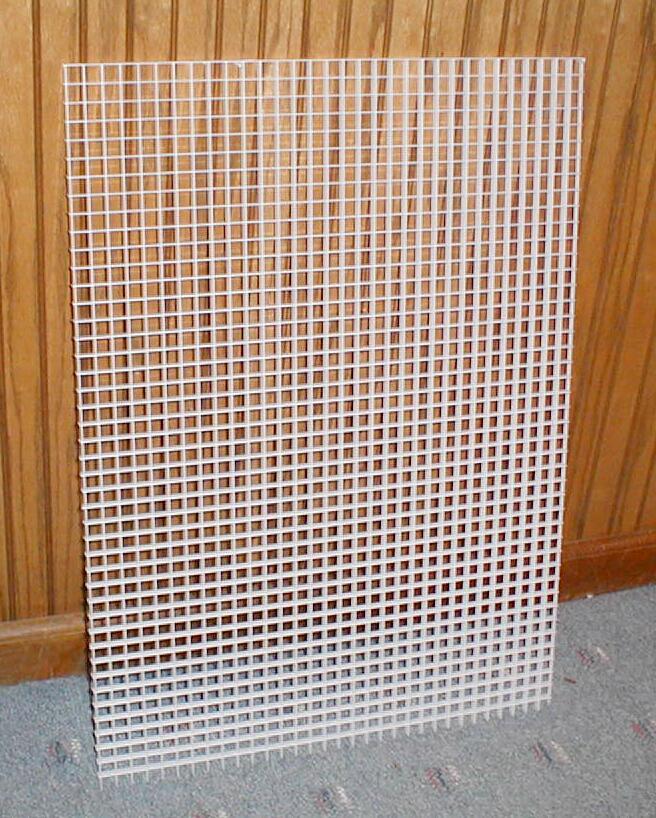Re: What species metamorph is this?
I've had suggestions for Ambystoma laterale, A. maculatum, and A. tigrinum. It's about 2 inches long. I've been told that that one can tell tigrinum from the gold in the eyes? Can all three be determined from the color of the iris?
From the size and current color I'd have to say its a Ambystoma maculatum. It's true coloration won't appear just yet, give it 2-3 months. The head shape and body shape matches Yellow Spotted Salamander for sure. The current size sounds right also.
The small yellow specks you now see will turn into bigger yellow spots later on.
Eastern Tiger Salamanders have a different head and snout shape. Tiger Salamanders here have a slightly hooked snout unlike the metamorph shown in the picture. They're size at morphing ranges from 4-7 inches unlike the morph in the picture.
If it were a Blue Spotted Salamander there wouldn't be any yellow coloration at all. Ambystoma laterale, Ambystoma texanum and hybrid Ambystoma all look alike as morphs. But you can exclude all these as potential candidates. After seeing all the pictures posted and current size of metamorphosis I'm leaning towards A. macualtum.








